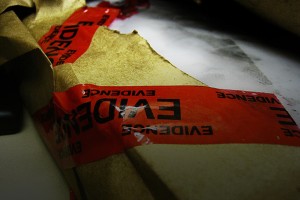
Ancient “Reluctant Admissions”
Non-Christian authors and historians from antiquity mentioned Jesus or His followers repeatedly, even as they denied His Deity or the claims of His supporters. While these ancient sources were hostile to the claims of the New Testament, they reluctantly confirmed key elements of the Gospel narrative.
Josephus (37-101AD)
Even when examining the a modest, redacted version of Josephus’ ancient account, it’s clear that this Jewish historian reluctantly affirmed the following: Jesus lived in Palestine, was a wise man and a teacher, worked amazing deeds, was accused by the Jews, crucified under Pilate and had followers called Christians.
Thallus (52AD)
While Thallus appeared to deny the supernatural aspect of the gospel narratives, he did reluctantly repeat and affirm the following: Jesus lived, was crucified, and there was an earthquake and darkness at the point of his crucifixion.
Tacitus (56-120AD)
Cornelius Tacitus (known for his analysis and examination of historical documents and among the most trusted of ancient historians) described Nero’s response to the great fire in Rome and reluctantly affirmed the following: Jesus lived in Judea, was crucified under Pontius Pilate, and had followers who were persecuted for their faith in Christ.
Mara Bar-Serapion (70AD)
Sometime after 70AD, this Syrian philosopher, writing to encourage his son, compared the life and persecution of Jesus with that of other philosophers who were persecuted and reluctantly affirmed the following: Jesus was a wise and influential man who died for his beliefs, His followers adopted these beliefs and lived lives that reflected them.
Phlegon (80-140AD)
Phlegon wrote a chronicle of history around 140AD and reluctantly affirmed the following details about Jesus: Jesus had the ability to accurately predict the future, was crucified under the reign of Tiberius Caesar and demonstrated his wounds after he was resurrected.
Archaeological Discoveries
Many volumes have been written about the archaeological support for the Old and New Testament, including this very brief list of archaeological corroborations:
Related to Quirinius
Luke wrote that Joseph and Mary returned to Bethlehem because a Syrian governor named Quirinius was conducting a census (Luke 2:1–3). Archaeological discoveries in the nineteenth century revealed Quirinius (or someone with the same name) was also a proconsul of Syria and Cilicia from 11 BC to the death of Herod. Quirinius’s name has been discovered on a coin from this period of time, and on the base of a statue erected in Pisidian Antioch.
Related to Erastus
In Romans 16:23, Paul wrote, “Erastus, the city treasurer greets you.” A piece of pavement was discovered in Corinth in 1929 confirming his existence.
Related to Lysanias
Luke described a tetrarch named Lysanias and wrote that this man reigned over Abilene when John the Baptist began his ministry (Luke 3:1). Two inscriptions have been discovered that mention Lysanias by name. One of these, dated from AD 14–37, identifies Lysanias as the tetrarch in Abila near Damascus.
Related to Iconium
In Acts 13:51, Luke described this city in Phyrigia. Some ancient writers (like Cicero) wrote that Iconium was located in Lycaonia, rather than Phyrigia, but a monument was discovered in 1910 that confirmed Iconium as a city in Phyrigia.
Related to the Pool of Bethesda
John wrote about the existence of a pool of Bethesda (John 5:1–9) and said that it was located in the region of Jerusalem, near the Sheep Gate, surrounded by five porticos. In 1888, archaeologists began excavating the area near St. Anne’s Church in Jerusalem and discovered the remains of the pool, complete with steps leading down from one side and five shallow porticos on another side.
Related to Politarchs
For many centuries, Luke was the only ancient writer to use the word Politarch to describe “rulers of the city.” Skeptics doubted that it was a legitimate Greek term until nineteen inscriptions were discovered. Five of these were in reference to Thessalonica (the very city in which Luke was claiming to have heard the term).
Related to the Pool of Siloam
John wrote about the “Pool of Siloam” (John 9:1–12) and described it as a place of ceremonial cleansing. Archaeologists Ronny Reich and Eli Shukrun excavated the pool and dated it from 100 BC to AD 100 (based on the features of the pool and coins found in the plaster).
Related to Pontius Pilate
For many years, the only corroboration we had for the existence of Pontius Pilate (the governor of Judea who authorized the crucifixion of Jesus) was a very brief citation by Tacitus. In 1961, however, a piece of limestone was discovered bearing an inscription with Pilate’s name. The inscription was discovered in Caesarea, a provincial capital during Pilate’s term (AD 26–36), and it describes a building dedication from Pilate to Tiberius Caesar.
Related to the Custom of Crucifixion
While thousands of condemned criminals and war prisoners were reportedly executed in this manner, not a single one of them had ever been discovered in any archaeological site. In 1968, Vassilios Tzaferis found the first remains of a crucifixion victim, Yohanan Ben Ha’galgol, buried in a proper Jewish “kôkhîmtype” tomb.
Related to Sergius Paulus
In Acts 13, Luke identified Sergius Paulus, a proconsul in Paphos. Skeptics doubted the existence of this man and claimed that any leader of this area would be a “propraetor” rather than a proconsul. But an inscription was discovered at Soli in Cyprus that acknowledged Paulus and identified him as a proconsul.
While the corroborative evidence “beyond the gospels” is extensive (I’ve only touched upon a few of the highlights), there is also significant evidence from “within the gospels” to corroborate their content, including (1) Accurate “unintentional eyewitness support” between gospel authors, (2) Accurate referencing of regional 1st century proper names, (3) Governmental functions, and (4) Little-known geographic locations, and (5) The proper use of ancient language. I’ve written about these corroborative evidences extensively in Chapter 12. As we evaluate the gospel accounts with the same template we apply to court witnesses to determine their reliability, the New Testament narratives withstand our scrutiny and display the earmarks of trustworthy testimony. This means we can have confidence in them as reliable history, supported (as we might expect) by the reluctant testimony of ancient non-Christian authors and the archaeological record of the period. While the corroborative evidence “beyond the gospels” is extensive, there is also significant evidence from “within the gospels” to corroborate their content Share on X
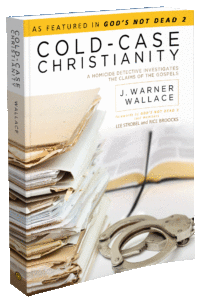
J. Warner Wallace is a Dateline featured Cold-Case Detective, Senior Fellow at the Colson Center for Christian Worldview, Adj. Professor of Christian Apologetics at Talbot School of Theology, Biola University, author of Cold-Case Christianity, God’s Crime Scene, and Forensic Faith, and creator of the Case Makers Academy for kids.
Subscribe to J. Warner’s Daily Email
Save
J. Warner Wallace is a Dateline featured cold-case homicide detective, popular national speaker and best-selling author. He continues to consult on cold-case investigations while serving as a Senior Fellow at the Colson Center for Christian Worldview. He is also an Adj. Professor of Christian Apologetics at Talbot School of Theology, Biola University, and a faculty member at Summit Ministries. He holds a BA in Design (from CSULB), an MA in Architecture (from UCLA), and an MA in Theological Studies (from Gateway Seminary).








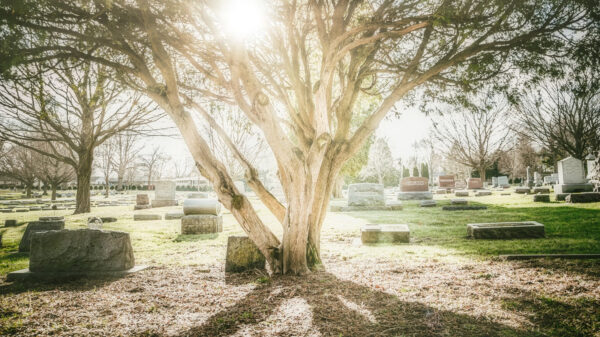



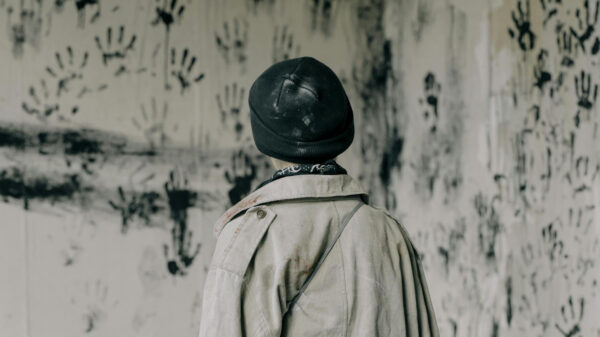

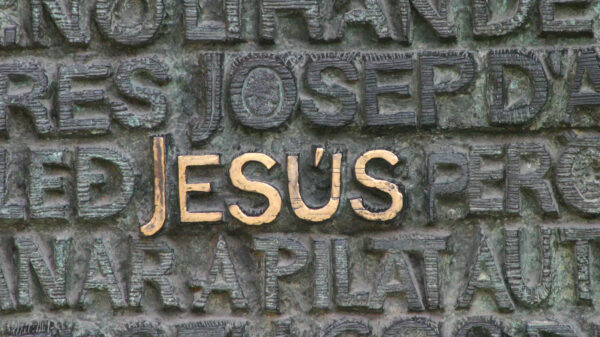


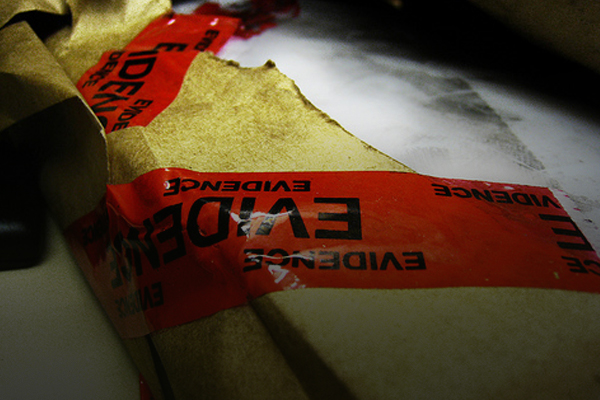








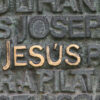






Pingback: J. Warner Wallace: Unbelievable? Is There Enough Evidence Beyond the Gospels to Make Their Testimony Reliable? | Caeconomics
Pingback: Cold Case Christianity: Unbelievable? Is There Enough Evidence Beyond the Gospels to Make Their Testimony Reliable? | Truth2Freedom's Blog
Pingback: Unbelievable? Two Reasons Why Some People Reject the Reliability of the Gospels. | Rivers of Hope
Pingback: From Reliable to Divine: The Fulfilled New Testament Prophecy of Jesus | Cold Case Christianity
Pingback: Reliability of the Gospels | Christian Apologetics
Pingback: Is the Bible True? The Cumulative Case for the Reliability of the Gospels (Free Bible Insert) | Apologetics.com
Pingback: Unbelievable? Two Reasons Why Some People Reject the Reliability of the Gospels | Cold Case Christianity
Pingback: Homepage
Pingback: Why are you a Christian? – Site Title
Pingback: 95 Theses for the Protestant Evangelical Church in the 21st Century - Word Foundations
Bandar Togel Terpercaya
June 15, 2021 at 7:46 am
Thanks for sharing this with us!
Pingback: URL